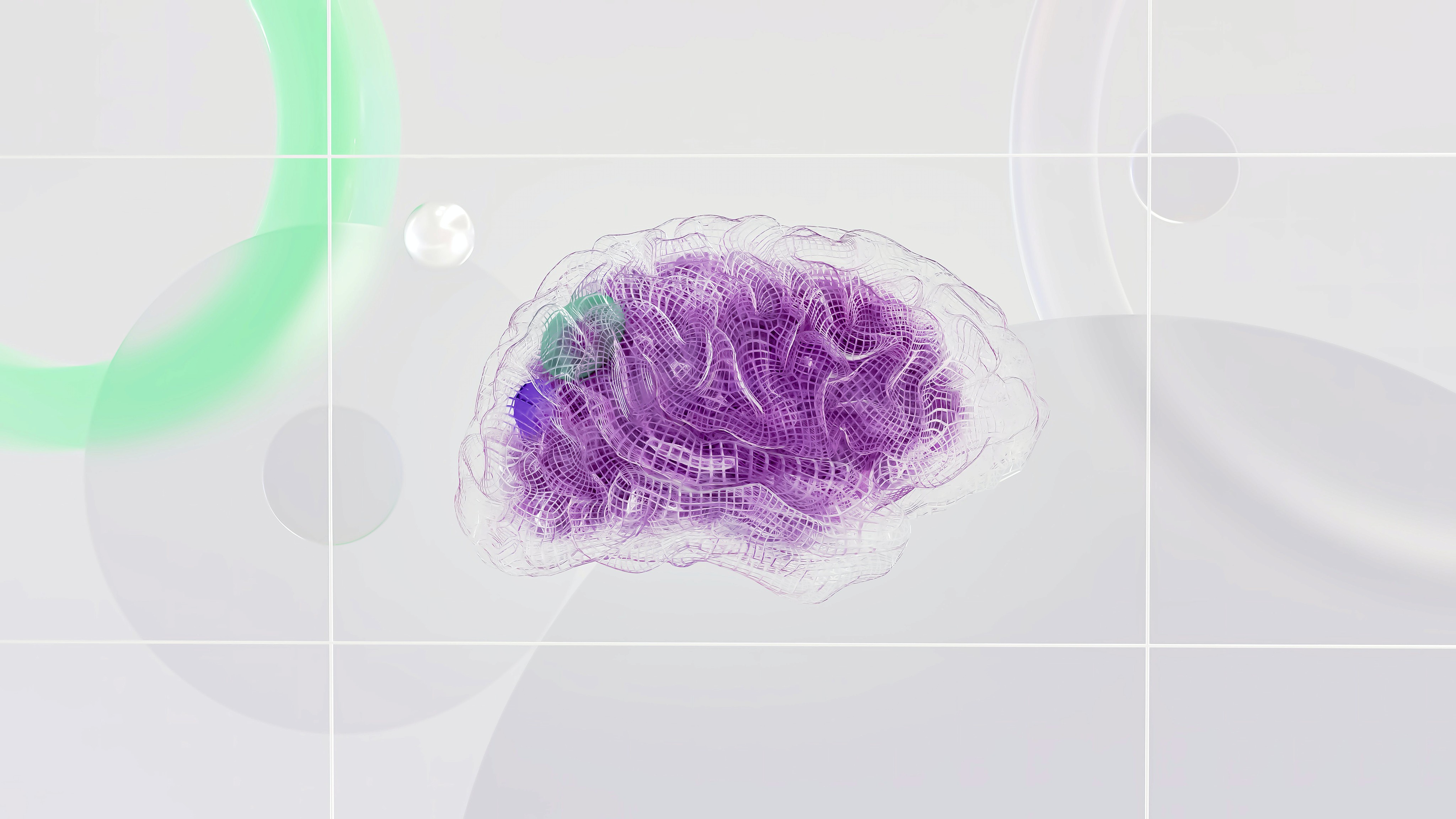Getting Ahead on the AI Wave: A Design Approach
Designing
February 2, 2024
Introduction
Artificial Intelligence (AI) is a powerful force that presents both a problem and a benefit in the always changing field of design. As we explore this new territory, we aim to comprehend the mutually beneficial interaction between designers and AI, analyzing its effects on innovation, productivity, and design itself.
Enhancing Creativity, Not Replacing It:
This important distinction—that artificial intelligence is about enhancing human creativity rather than displacing it—lays the foundation of the AI revolution. AI is a creative helper that gives designers a palette of options and liberates them to explore uncharted creative territory. The combination of AI invention and human inventiveness produces a design synergy that is more powerful than the sum of its parts.
Enhanced Productivity, Simplified Workflows:
One of AI's most significant effects is on productivity. AI tools have simplified repetitive processes that used to take hours, freeing up designers to concentrate on their strengths: ideation, creativity, and the human aspects of design. Not only do workflows go faster, but the creative mind is freed as well.

Difficulties in the Automation Era:
Nevertheless, difficulties accompany advancement. Concerns around job displacement and changes in the skill sets required of designers are raised by the AI-infused design world. In this era of adaptation, designers have to change with the technologies they work with to ensure that artificial and human intelligence work together harmoniously.
Ethical Aspects:
As we accept AI's advantages, moral questions become more pressing. Important discussions center on algorithmic bias and designers' duties to steer AI's moral application. By navigating these ethical issues, designers can make sure that technology is used in a responsible and inclusive manner.
The Future: Collaborative Coexistence:
Imagining a world of design where AI and designers work together harmoniously, we see a landscape of design. With AI serving as a stimulant for creativity rather than a replacement, each brings their special strengths to the table. The human element is still present, and the cooperative relationship between AI and designers produces unmatched creative results.
In conclusion, artificial intelligence (AI) is a useful tool for designers, even though it has drawbacks. The secret is to appropriately embrace AI's potential and make sure that it enhances rather than takes the place of the human element in design. We discover a way where creativity and technology come together as we ride the AI wave, leading the design sector into uncharted territory.



